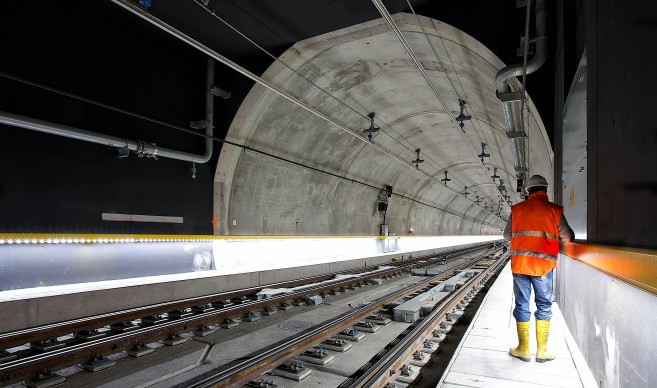Author
Zigurat Global Institute of Technology
Blog / BIM & Construction Management
Categories

 When a project is carried out following the key principles of BIM —that of information sharing, accessible data environment, data integrity, collaboration, technology, asset life-cycle management, new processes and new project culture— the interface risks are easily avoided and the process will be more cost and time efficient.
When a project is carried out following the key principles of BIM —that of information sharing, accessible data environment, data integrity, collaboration, technology, asset life-cycle management, new processes and new project culture— the interface risks are easily avoided and the process will be more cost and time efficient.

| Cost | £15.9 billion |
| e-Documents stored (so far) | 3,560,834 |
| Assets being defined (so far) | 468,490 |
| Drawings (so far) | 392,758 |
| CDE users (so far) | 20,573 |
| GIS mapping layers | ~700 |
| Main Construction contracts | 60 |
| Main Design contracts | 23 |
| Large future maintainers | 2 |
| Crossrail | 1 |


Zigurat Global Institute of Technology